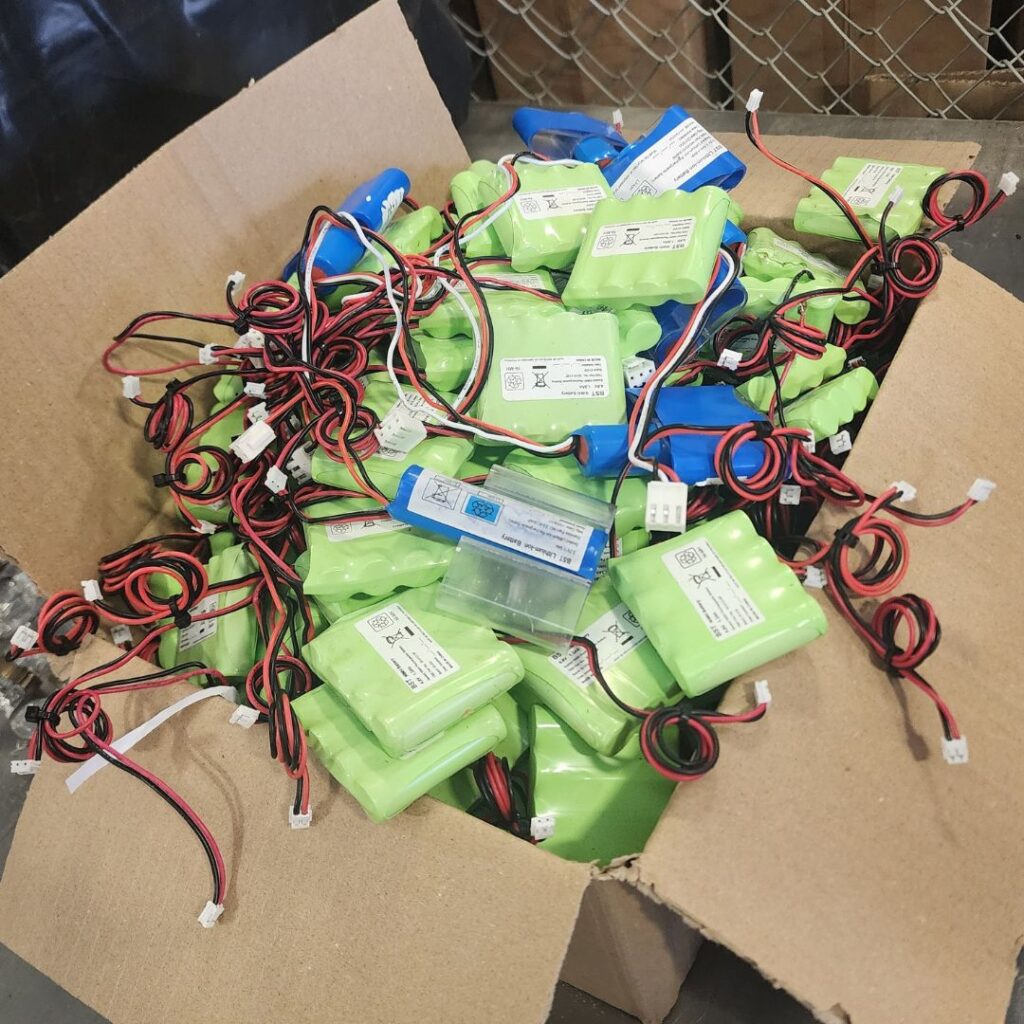As smart appliances and automation grows in popularity, their security vulnerabilities have come to light. A recent incident involving hacked robot vacuums in an office revealed that even compliant devices can expose workplaces to threats. Malicious actors exploited these vacuums, gaining access to IT networks and recording sensitive data.
The Risk of Monitored Exit Signs
This situation raises concerns about other networked devices, like monitored Exit Signs. While designed for safety, their connectivity introduces risks:
- Remote Access: Hackers could remotely control connected systems.
- Data Breach: Accessing networks through Exit Signs may lead to significant data exposure.
- Industrial Espionage: Vulnerabilities may be built into these signs, facilitating security compromises.
Unnecessary Technology in Secure Facilities
The trend of adding monitoring systems and batteries complicates simple technologies, potentially increasing risks. Often marketed as advancements, these features can simply enhance manufacturer profits while introducing potential vulnerabilities, now or in the future.
AS/NZS 2293 has additional requirements for the security and maintenance of monitored Exit Signs, that IT departments need to undertake every six months.
The Smarterlite Photoluminescent Exit Sign Advantage
Smarterlite Environmental Exit Signs utilise photoluminescent technology. Without a battery to fail, they eliminate the risks associated with networked and monitored Exit Signs:
- No Network Vulnerabilities: They can’t be hacked remotely.
- No Data Breach: Without a network connection, data remains secure.
- No Electrical Components: Their simplicity prevents unauthorized access through electronics.
In summary, the hacking of devices like robot vacuums highlights the security risks of connected systems. Smarterlite Environmental Exit Signs provide a safer alternative, minimising vulnerabilities and ensuring reliability without the need for a network or electrical components.


